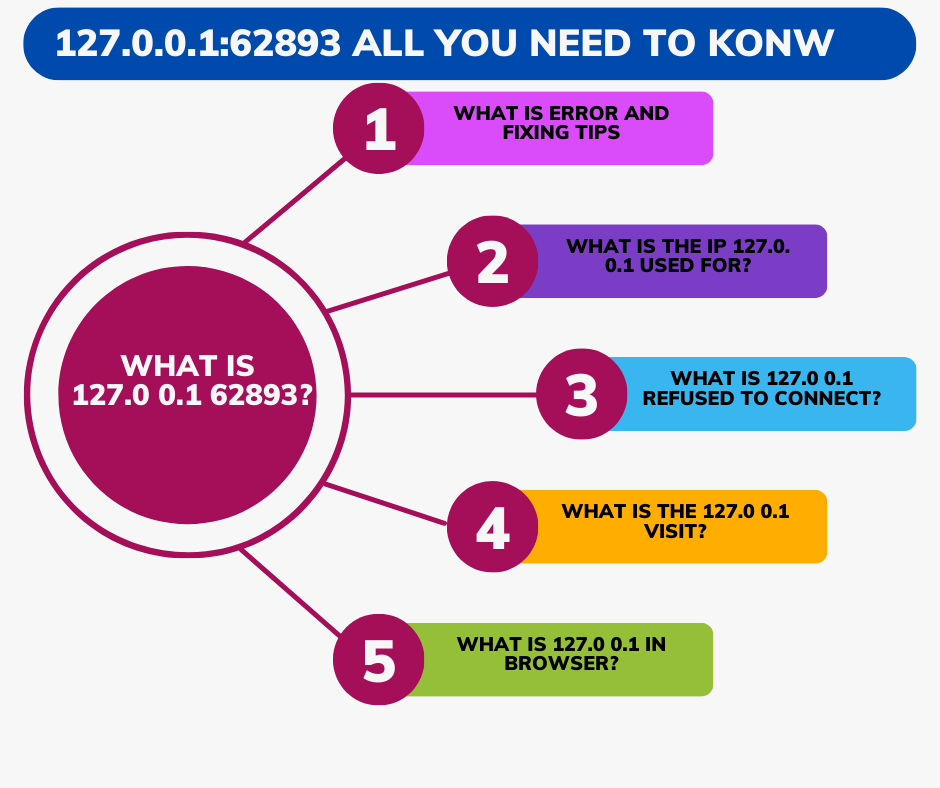What is [error] 127.0.0.1:6256 ssl handshake failed with how to fix it
[error] 127.0.0.1:6256 ssl handshake failed with
The error message 127.0.0.1:6256 SSL handshake failed with indicates a failure during the SSL (Secure Sockets Layer) handshake process between a client and a server. SSL is a protocol used to establish secure communication, and the handshake is the initial process where both parties exchange keys to create a secure connection.
The error message “[error] 127.0.0.1:6256 ssl handshake failed with” indicates that there was a problem establishing a secure SSL/TLS connection to the server at 127.0.0.1 on port 6256.
Breakdown of this error message:
- 127.0.0.1: This is the localhost IP address, meaning the issue is happening on the local machine.
- 6256: This is the port number on which the connection is being attempted.
- SSL handshake failed: This means that during the SSL handshake, the process of establishing a secure connection couldn’t be completed successfully.
Possible Reasons for the Error:
- Invalid SSL Certificates: The SSL certificates being used might be expired, misconfigured, or invalid.
- Protocol Mismatch: The client and server might be using incompatible SSL/TLS versions.
- Firewall or Network Issues: A firewall or network restriction may be preventing the SSL handshake from completing.
- Self-signed Certificates: If you are using a self-signed certificate, it might not be trusted by the client.
- Misconfigured Software: The application or service on port 6256 might not be set up correctly to handle SSL/TLS connections.
How to Fix: error message 127.0.0.1:6256 SSL handshake failed with
- Check SSL Certificates: Ensure that your SSL certificates are valid and properly configured.
- Verify SSL/TLS Versions: Make sure both the client and server are using compatible SSL/TLS versions.
- Firewall/Network Settings: Check any firewall or network restrictions that may block the SSL connection.
- Review Application Logs: Look at the logs of the application or service to see if there are more detailed error messages.
- Trust Self-Signed Certificates: If using self-signed certificates, make sure the client trusts them by adding them to its certificate store.
Understanding and fixing SSL handshake failures typically requires checking server configurations. Network conditions, and ensuring that valid SSL certificates are being used.
Share this content:
![[error] 127.0.0.16256 ssl handshake failed with](https://hookstap.com/wp-content/uploads/2024/09/What-is-error-127.0.0.16256-ssl-handshake-failed-with-how-to-fix-it-with-complete-details.png)









Post Comment